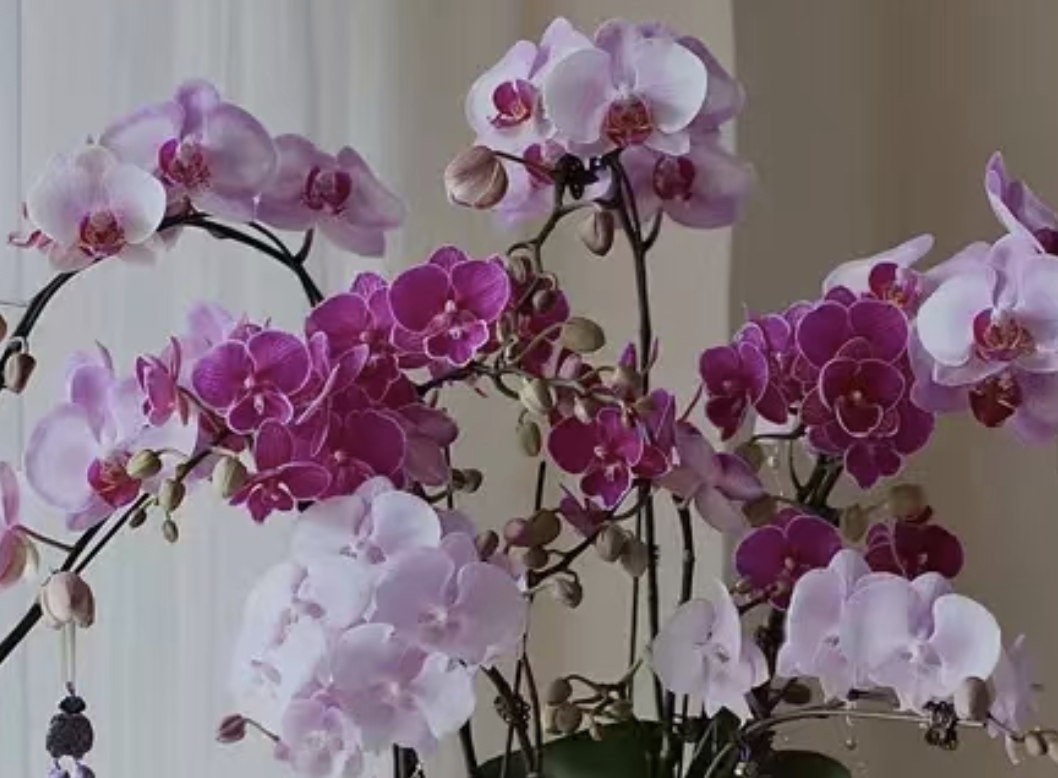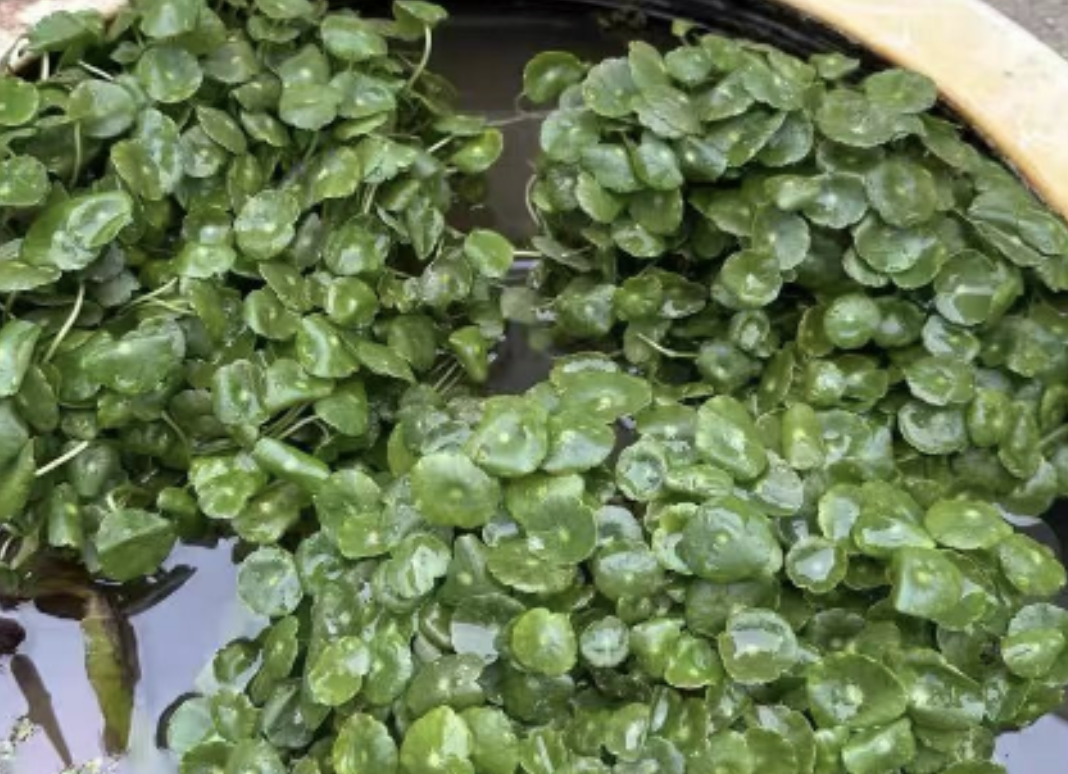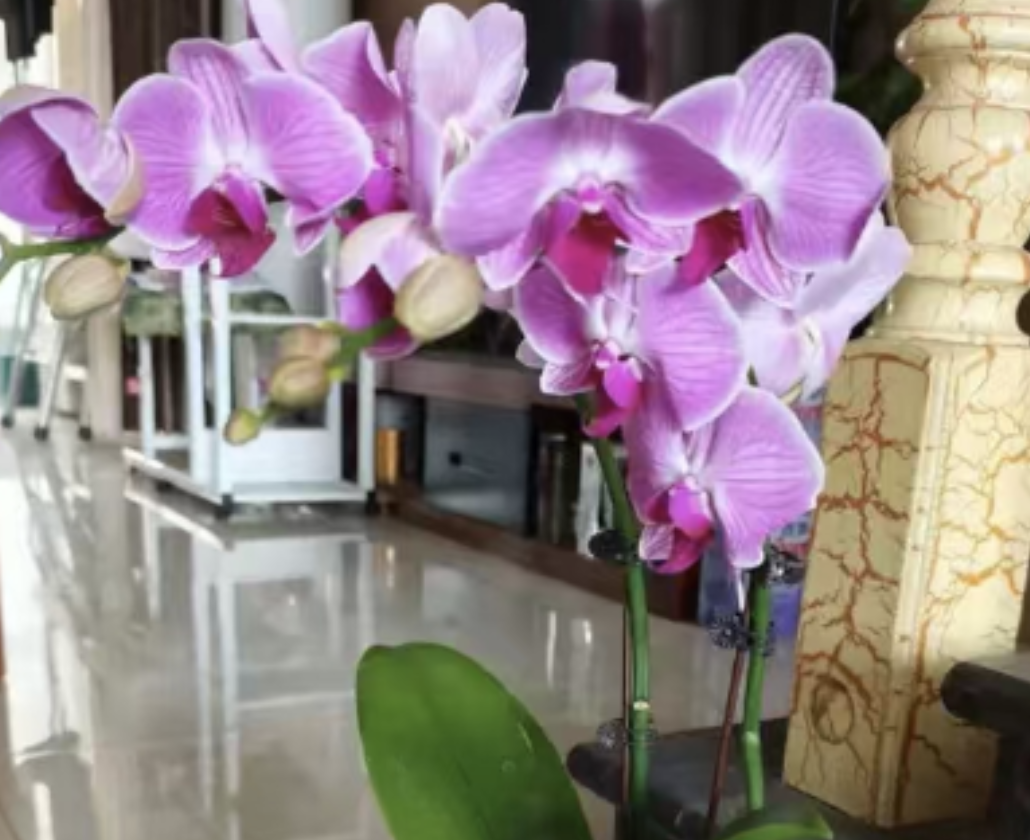# I. 90% of People Overlook This! 3 Major Hazards of Poorly Ventilated Environments
1. **Hazard 1: Root Suffocation, Dampness, and Rot**
- Consequence: The growing medium remains damp and airtight for a long time, causing roots to lack oxygen, turn black, and lose their water-absorbing function.
- Data: In enclosed environments, the incidence of root rot in Phalaenopsis is **60% higher** than in well-ventilated environments.
2. **Hazard 2: Concentrated Outbreaks of Pests and Diseases**
- Case: Under high temperature, high humidity, and poor ventilation, aphids and red spiders can reproduce for three generations within 7 days, leaving leaves covered with holes.
- Fact: Mold grows in the gaps on the back of leaves (healthy tissues are wrapped by white hyphae).
3. **Hazard 3: Dramatically Shortened Flowering Period and Difficulty in Reblooming**
- Fact: Poor air circulation leads to insufficient carbon dioxide, causing flower buds to fall off early and the reblooming cycle to extend by 3 months.
- Real-Life Example: Ms. Zhang placed her Phalaenopsis in a sealed bathroom. All flowers fell off within a week, and the orchid did not bloom again the following year.
# II. 3-Step Emergency Ventilation Solutions
## STEP 1: "Air Permeability Transformation" of the Growing Medium
- **Material Selection**:
- Sphagnum moss + fermented pine bark (mixed at a 3:7 ratio; cut the bark into 1-2cm granules)
- Pure fermented pine bark (suitable for high-humidity areas in southern China)
- **Key Operation**: When replacing the medium, remove the soft and rotten sphagnum moss from the original medium, and retain the loose part around the healthy aerial roots.
## STEP 2: "Pit-Avoidance Method" for Watering
- **Soaking Formula**:
Water temperature (close to room temperature) + soaking time (10 minutes) + upside-down draining (5 minutes)
- **Taboo**: Do not water from the top, especially avoid letting water flow into the leaf core (you can place an inclined tray to guide water flow).
## STEP 3: Artificial "Airflow Creation" Plan
- **Fan Setup**:
Gear (low speed) + distance (more than 30cm away from the plant) + duration (3-4 hours per day, avoiding high temperatures at noon)
- **Advanced Tip**: Place bricks under the flower pot to raise it by 10cm, and put a hollow tray underneath to accelerate air circulation.
# III. Guide to Handling Special Situations
| Symptoms of Insufficient Ventilation | Emergency Treatment Measures | Prevention Plan |
|--------------------------------------|------------------------------|-----------------|
| Roots turn black and sticky | Trim rotten roots + soak in carbendazim for 15 minutes + replace with dry growing medium | Gently lift the plant every week to check if the drainage holes at the bottom of the pot are blocked |
| Brown spots appear on leaves | Remove diseased leaves + spray with thiophanate-methyl (1:1000 dilution) | Keep a spacing of over 20cm between pots to avoid leaf overlapping |
| Flower buds shrink and fall off | Move to an east-facing windowsill + suspend fertilization | Adjust the fan to a gentle breeze setting during the bud stage to avoid direct airflow on the buds |
# IV. How to Ventilate in Different Scenarios
- **Sealed Balcony**: Open windows for 30 minutes each at 9 a.m. and 4 p.m. daily, and use a table fan to blow obliquely against the wall (utilizing reflected airflow).
- **Indoor Corner**: Place the orchid on a hollow flower stand, and put an electric rotating tray underneath (rotates 180° every 2 hours for even ventilation).
- **High-Temperature Summer**: Place a shallow plate of water next to the plant, and let the fan blow over the water surface to create moist airflow, which achieves both humidification and ventilation.
What Are the Causes of Poor Ventilation for Phalaenopsis (Moth Orchids)?

Share with
Tagged in :




Leave a Reply